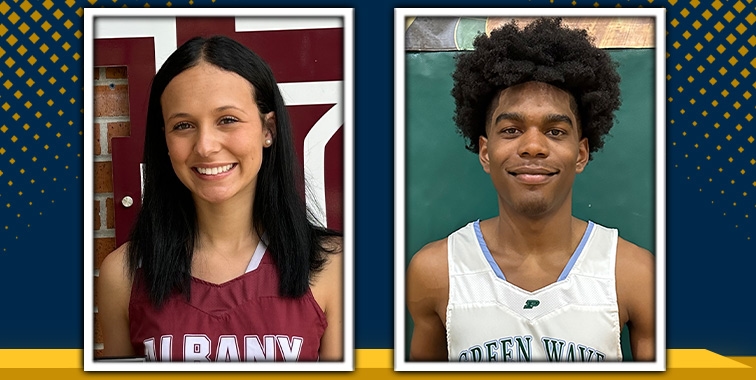Safe Solar Eclipse Viewing Tips
- Category: Wellness, North Oaks Eye Care Clinic
- Posted On:
- Written By: Desmond Hunter

On Monday, April 8, 2024, a total solar eclipse will take place. Although Louisiana will not see a 100 percent total solar eclipse, viewers will be able to see 80 to 90 percent of the moon eclipsing the sun. With weather permitting, the eclipse will be visible beginning at 12:29 pm. The apex of the eclipse will occur at 1:49 pm and will end at 3:09 pm.
The last total solar eclipse in the Northern Hemisphere happened in August 2017, and this year’s eclipse will be the last one over the southern U.S. for more than two decades. The next total solar eclipse to be visible over Louisiana will be take place in 2045.
A solar eclipse occurs when the moon's path blocks out the sun's view. This process can create a “twilight” effect during its totality, and the outermost part of the sun (the corona) appears as a halo behind the moon. During the darkest point, bright planets and stars also may be visible. Although the sky will appear darker, looking directly at the sun for longer durations in any conditions without proper sun wear can be damaging.
In preparation for this year’s eclipse, North Oaks Optometrist Addie Smith, OD, and the North Oaks Eye Clinic staff are educating the community about sunglasses, safety and solar experiences. Parents, especially, are encouraged to educate their children about solar eclipse viewing safety as they may be more prone to look at it with an unprotected eye.

It is important for the community to understand that viewing the sun and the eclipse without ISO-certified eclipse glasses can cause irreversible damage to their eyes. Only ISO-certified eclipse glasses are safe for viewing an eclipse because they are more than 12 times darker than regular sunglasses and have a special filter for solar radiation.
"The inner lining of the eye known as the retina is made up of cells that, when hit with light rays, send signals to the brain to allow you to see,” Dr. Smith explained. “When extreme light levels, like those from the sun, enter the eye, there is a potential to burn the retina. This burn is known as solar retinopathy."
Directly viewing the sun during a solar eclipse can cause solar retinopathy.
"Our eyes function similarly to a magnifying glass concentrating light, specifically when light rays are focused by the lens within the eye,” Dr. Smith added. “Light rays are concentrated by the lens inside the eye. When light comes from a powerful source, such as the sun, it can cause damage or burning of our retina."
Symptoms of solar retinopathy may include headache, eye soreness, sensitivity to light and watery eyes. More serious symptoms of solar retinopathy could include changes in vision, such as blurry vision, partial or total loss of vision, visualizing unnaturally colored objects or seeing normally colorless objects in color. Individuals also may experience visualizations of normally straight lines as curvy lines and, unfortunately, eye pain.
"Symptoms of damage can take hours to days to realize. Even mild damage can change vision to 20/40. Signs to watch for are loss of or decrease in vision, or distorted central vision,” Dr. Smith added.




